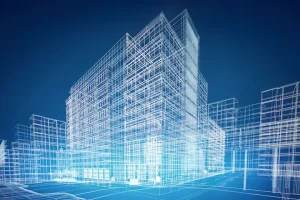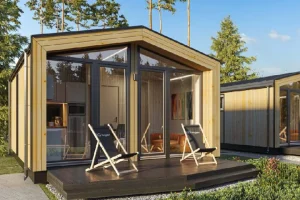A smart home refers to an environment in which all devices and systems in a home can be controlled automatically and remotely. Using modern technologies, these systems are able to automatically and optimally manage various home functions such as lighting, security, ventilation, and even household appliances. In addition to providing greater comfort, smart homes also help reduce energy consumption and costs and allow users to control their home at any time and place. However, just as there may be disadvantages in any new technology, smart homes also come with challenges that need to be addressed. In this article, we are going to introduce the smart home from 0 to 100. Stay with us.
What is a smart home?
As we said, a smart home is a home in which all electronic devices and systems are connected via the Internet or wireless networks and can be controlled and managed remotely. This technology allows users to control lighting, temperature, security systems, home appliances and other equipment through mobile applications, voice assistants or even central systems such as smart hubs. One of the prominent features of smart homes is the possibility of automation, which allows you to adjust many home settings automatically and based on time or location.
Using smart home technology, in addition to increasing comfort and convenience, energy consumption will also be more efficient. For example, heating and cooling systems automatically adjust the temperature and electricity consumption is managed based on the presence or absence of people in the house. These systems can also provide you with reports on the status of your home via an internet connection and alert you in case of emergencies, such as a gas leak or power outage. Smart homes not only help improve the quality of life, but also pay special attention to security, comfort, and energy savings.
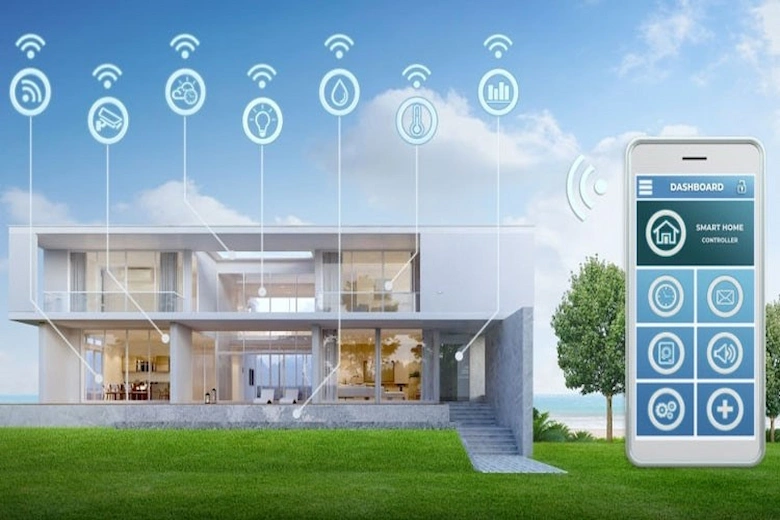
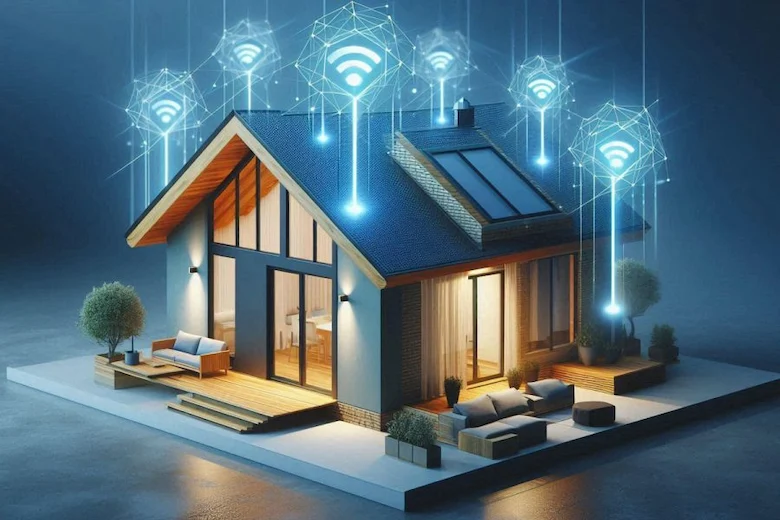
Systems available in the smart home
1. Intelligent lighting system
A smart lighting system is an essential component of a smart home that allows you to control the lighting in your home remotely or automatically. With smart bulbs, you can adjust the light intensity, color, and when the lights turn on or off. This system allows you to create a specific schedule for each room or even each part of the house. In addition, smart lighting systems can be combined with motion sensors so that the lights automatically turn off when no one is in the room, thereby reducing energy consumption.
2. Smart ventilation system
Smart HVAC systems help you manage the climate in your smart home optimally and efficiently. These systems are able to automatically adjust temperature, humidity, and airflow to provide a pleasant and comfortable environment for residents. In addition to manual settings, smart HVAC systems can be connected to sensors and smart thermostats to automatically change settings based on occupancy and weather conditions. This way, you can benefit from the most optimal energy consumption while maintaining your comfort and convenience.
3. Intelligent security system
But a smart security system is one of the most important components in a smart home that provides security and protection for your home at a higher level. These systems include CCTV cameras, motion sensors, digital locks, and alarm systems that allow you to stay informed about the status of your home online. Many of these systems integrate with mobile apps or voice assistants, allowing you to control your home from anywhere and receive immediate alerts in case of any threats.
4. Smart irrigation system
A smart home irrigation system allows you to automatically and optimally water your garden or green space. These systems can adjust the time and amount of irrigation based on weather conditions, soil moisture, and plant needs. Some systems can automatically detect the right time to water through moisture sensors and can even provide online reports on irrigation status and water consumption. These systems save water and improve plant health.
5. Smart audio system
A smart home audio system allows users to play music and other audio files centrally and in sync throughout the home. With smart speakers and music players, you can easily play your favorite music from anywhere in your home. These systems usually integrate with voice assistants like Alexa or Google Assistant, allowing you to control music, sound, or even the radio with voice commands. In addition, smart audio systems can automatically change playback settings based on time or specific conditions.
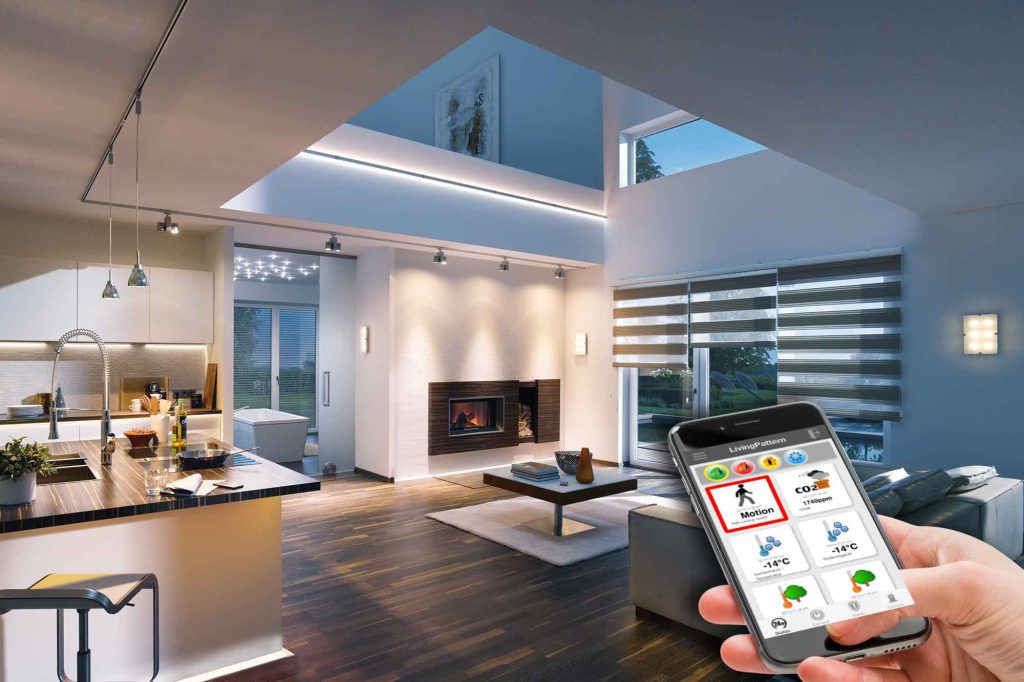
6. Smart locks
Smart home locks allow you to open and close your smart home doors without the need for a key, using a mobile app or voice commands. These systems usually open doors automatically with sensors that detect your presence. Smart locks can also store a history of people entering and leaving the house and alert you when necessary. Some locks have features that allow you to grant temporary access to guests or other people and monitor access status from anywhere, anytime.
7. Smart thermostat system
A smart thermostat system allows you to remotely and optimally adjust the temperature of your smart home. These systems can adjust the temperature based on when you are home or when you are in different rooms. Smart thermostats use sensors to detect people’s presence and automatically adjust the temperature to reduce energy consumption at certain times (such as at night or when the house is empty). These systems can also report to you how much energy is being used, helping you take action to optimize energy use and reduce costs.
8. Energy consumption monitoring systems
Energy monitoring systems allow you to closely monitor and optimize your home’s energy usage. These systems typically include sensors that measure electricity, gas, and water usage and provide you with energy usage reports via apps or special displays. These reports help you understand which devices are using the most energy and make adjustments to reduce consumption and save money.
9. Smart washing systems
Smart washing systems, such as smart washing machines and dishwashers, allow you to manage the washing process automatically and optimally. These devices are usually connected to the internet and can be controlled via mobile apps or voice commands. In addition, smart washing systems can use various sensors to adjust the amount of water and washing time, applying the best settings according to the type of clothes or dishes. These systems help you reduce water and energy consumption and make the washing process faster and more efficient.
10. Smart entertainment systems
Smart home entertainment systems allow you to enjoy movies, video games, and other entertainment using advanced technology. These systems include smart TVs, media players, audio and video streaming systems, and even game consoles that can connect to the internet and stream content from online services like Netflix or YouTube. These systems often integrate with voice assistants and mobile apps to make it easier to control devices and select content.
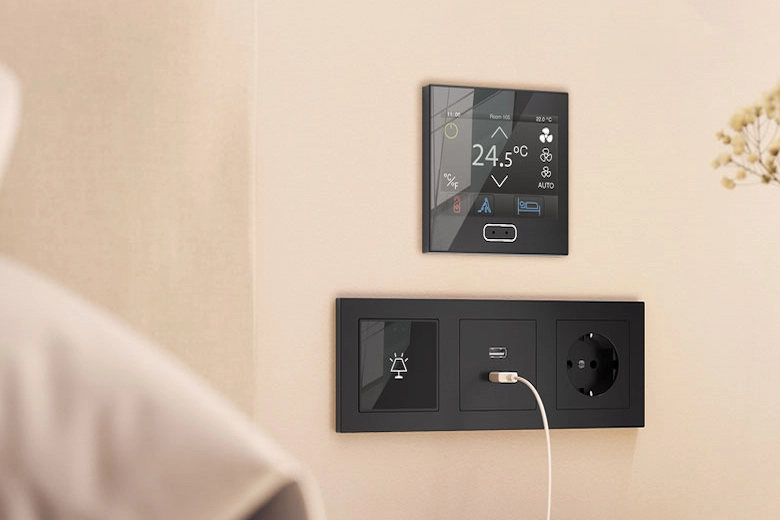
Benefits of a smart home
1. Energy saving
One of the biggest benefits of a smart home is energy savings. Smart systems like thermostats and appliances can adjust their settings based on actual needs and when they are used. For example, your heating and cooling system can automatically adjust the temperature based on whether or not people are home. This saves energy and significantly reduces your electricity and gas bills. Smart lighting also allows you to turn on lights only when needed, minimizing your electricity usage.
2. Increase home security
Smart homes offer a variety of features to enhance home security. Smart security systems such as CCTV cameras, motion sensors, and digital locks allow you to monitor your home from anywhere in the world. These systems can automatically alert you when unauthorized access or emergencies occur. For example, if motion sensors at the entrance to your home detect unauthorized movement, they will immediately send you an alert message or provide you with CCTV footage. These features increase your sense of security and peace of mind.
3. Remote control
Remote control is a key feature of a smart home, allowing you to control your home systems and devices from anywhere. Through mobile apps or voice assistants, you can change various home settings, such as turning lights on or off, adjusting the temperature of your home, or even locking the doors. This feature is especially useful when you forget to turn off your systems or when you’re traveling, giving you complete control over every aspect of your home.
4. Automation and automatic settings
Automation is one of the prominent benefits of a smart home, allowing you to automate many household tasks. For example, you can schedule lights to turn on at specific times or adjust the temperature at specific times of the day. Smart systems can perform everyday tasks without the need for manual intervention. This feature provides greater convenience and reduces the need to constantly remember and pay attention to various settings. This way, your life becomes simpler and your time is better managed.
5. Access to accurate information
Another benefit of a smart home is access to accurate and real-time information about the state of your home. Smart systems can report information such as energy consumption, temperature, device status, and even the status of security systems. This information allows you to make better decisions and make necessary changes based on the data. For example, if your electricity consumption is high, you can find out which devices are using the most energy and change their settings. This data also helps you take action to optimize energy consumption and reduce costs.
6. Increased comfort and convenience
Smart homes provide an unparalleled experience of comfort and convenience for users. With smart technologies, you can have complete control over all aspects of your home. For example, adjusting lighting, controlling temperature, and even opening and closing doors can be done easily through voice commands or apps. This convenience allows you to spend less time on daily tasks and save your energy for other things. In addition, smart systems can create a comfortable and pleasant environment for you by adjusting the temperature, light, and ventilation appropriately, providing an optimal experience of home life.
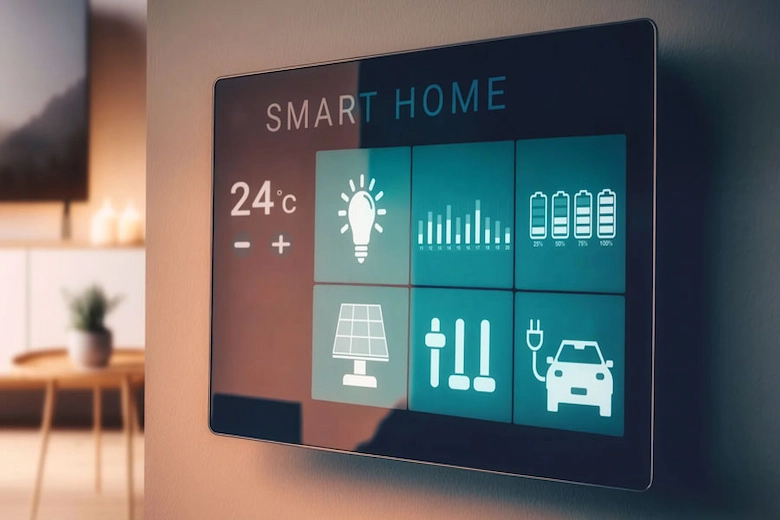
Disadvantages of a smart home
1. High initial costs
One of the major disadvantages of a smart home is the high initial costs for installing and setting up various systems. To turn your home into a smart home, you need to purchase smart equipment and devices such as smart home appliances, security systems, smart thermostats, and other related devices. These devices are usually expensive and may require specialized installation and complex setup. In addition, the costs of maintaining and updating software systems can also increase over time, which can be challenging for some people, especially those on a limited budget.
2. Security and privacy suggestions
Although smart homes can improve home security, they can also pose security risks and privacy threats. Internet-connected devices and wireless networks can be targeted by hackers, especially if security systems are not configured properly. Your personal information, such as your home hours or the status of your security systems, can be compromised, especially if the data is not properly encrypted. As a result, security risks and privacy breaches can be a concern for smart home users.
3. Internet dependence and technical problems
A smart home typically requires a constant connection to the internet to function properly. This reliance on the internet can disrupt the systems’ functionality in the event of technical issues or internet outages. For example, if the internet goes down, you won’t be able to control your home via mobile apps or voice commands, and some devices may not automatically adjust their settings. Also, at times, software or hardware systems may experience technical issues that require specialized repairs and support, which can be time-consuming and expensive.
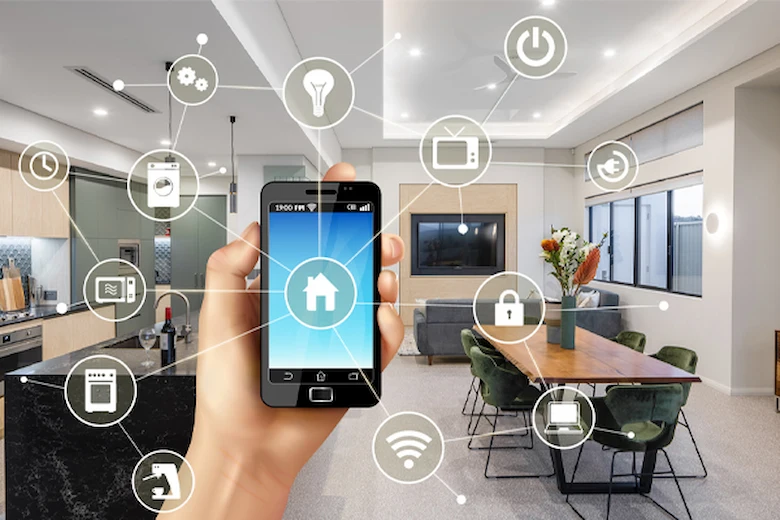
Final Words
As you can see, in this article, we introduced the smart home from 0 to 100. We learned that a smart home can make a big difference in people’s daily lives and bring many features in the field of comfort, security, and energy optimization. Smart systems such as lighting, ventilation, security, and home appliances significantly improve the quality of life. However, we should not ignore the disadvantages of these technologies. High costs, security threats, and possible technical problems are among the challenges that users should consider before investing in these technologies. Finally, by observing security tips and choosing the right systems, smart homes can become a safe, efficient, and comfortable environment for residents. Thank you for your support until the end of this article.
Ohaddeco Group specializes in the design and implementation of various LSF structure, various kit house, and various types of interior house coverings such as wooden thermowall and wooden acoustic wall covering. Dear friends, you can contact our experts through communication bridges to obtain more information and receive free advice.

